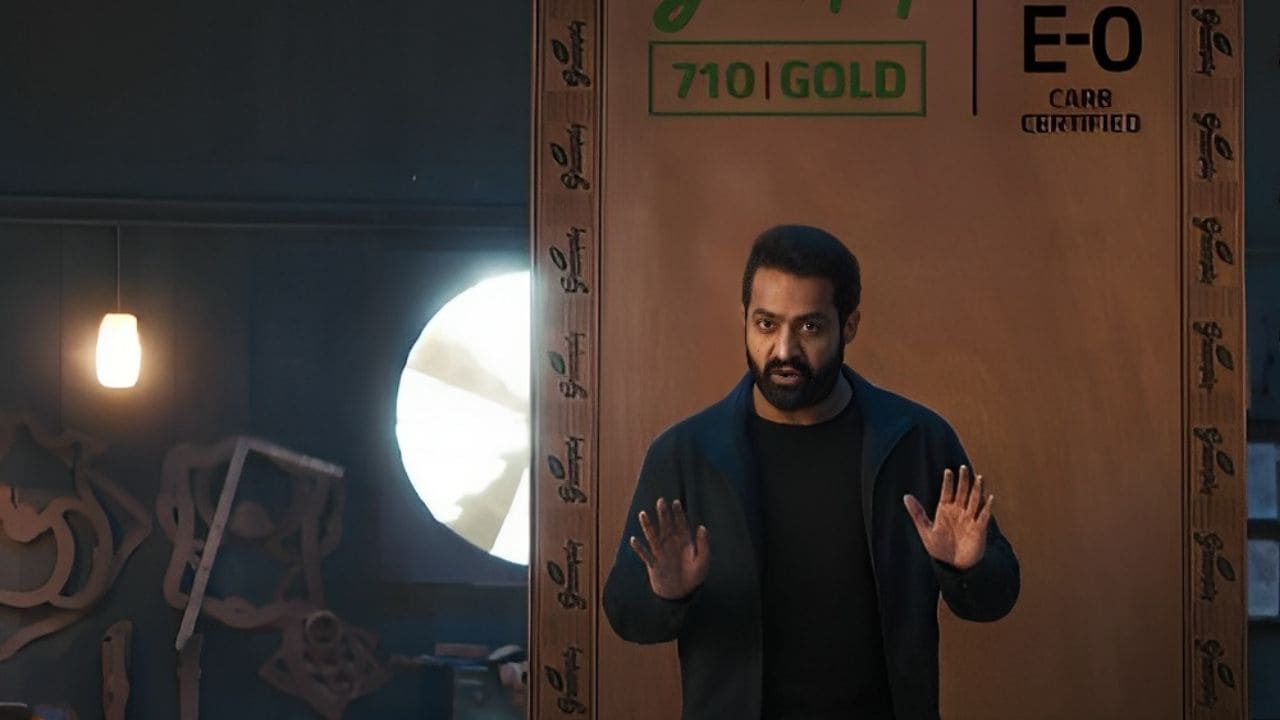Greenply Industries has launched a new brand campaign around their zero emission (E0) plywood product in collaboration with Telugu actor NT Rama Rao Jr to initiate conversations around sustainable environment practices.
The “Hero” TV commercial highlights Greenply’s E0 Plywood as the eco-friendly alternative to ordinary plywood, which can emit gases harmful to the environment. But before we further delve into the campaign, let’s understand why plywood can be a difficult category to navigate.
A challenging category
According to Manoj Tulsian, joint managing director and chief executive officer, Greenply Industries,the unorganised plywood market in the country, which is not regulated, is massive, with only 25-30 percent falling under the organised sector. However, recent reforms initiated by the government have led to the market moving more towards the organised players. “When the unorganised sector is so strong, there will be pressure on pricing which will lead to pressure on the margin side,” said Tulsian.
Greenply is the first company to launch zero emission plywood (E0) in India. “Plywood is such a difficult category; you find so many products that have everything scribbled on the face of it but they don’t actually sell that. There is no control on such things, people freely use any type of branding labelling on the ply. That’s why as a responsible brand we needed to bring zero emission.”
Tulsian explained that plywood is stacked, often it makes the eyes water and causes breathing issues because normally ply in India are E2-compliant (a lower level of metric for the resins used in its manufacture). Such plywood yields the emission of formaldehyde gas, which is harmful to the lungs. “Our research says that it can lead to cancer. In zero emissions, the formaldehyde gas emission is neutralised by adding more chemicals. After that, even when a carpenter is cutting the ply and the dust from the ply sits on his skin, that won’t cause any irritation. But if the same carpenter is using an E2 or E1 material, and the sawdust falls on him, he is at the risk of developing skin allergy and breathing issues,” he pointed out.
Considering these challenges, Greenply launched zero emission plywood (E0) in India on the grounds of health and hygiene, especially after Covid, when everyone has become health conscious.
Why NT Rama Rao Jr.?
“Bollywood celebrities appear in so many TVCS (television commercials); sometimes people don’t even bother to look at the campaign,” justified Tulsian. “South Indian actors are no more restricted to South Indian movies. Some of them are becoming larger than life. NT Rama Rao Jr has left a global footprint because of the movie RRR which was nominated for and won an Oscar for Best Song. He is fresh, doesn’t carry any baggage and comes from a great family.” He added that Jr NTR, as he is popularly known, has an angry young man image, a fighter image because he does a lot of action movies. The Hero campaign’s script has action, he is action oriented, he does a lot of work on sustainability, and Greenply promotes sustainability.”
Tulsian also addressed the importance of the southern market for Greenply: “South India has always been a strong forte for Greenply. I am sure Jr NTR’s fan following and his persona will only help us to grow further and create more inroads.”
Ad’s first approach and focus on hyper localisation
Greenply’s campaigns are usually imbued with humour, and/or a social message. The #AsliAzadi campaign which came out on Independence Day in 2019 showcased taboo topics like domestic violence, bribery and a same-sex relationship and encouraged people to take a stand for themselves and embrace true independence.
Greenply, in association with Archana Women’s Centre, the Kerala wing of Jyothi Jeevan Poorna Trust, which works on women’s issues, came up with the #StopSayingWomenCan’t campaign to convey the message about gender bias. Then there was the brand’s hyperlocal campaign #PujoForAll campaign set in Bengal highlighting the empowerment of the differently abled community.
Looking out for the community
Greenply launched Hindustan ki Shaan when the company realised that there are many award ceremonies for architects and dealers to get felicitated but there was a dearth of such events for carpenters and contractors.
Tulsian said, “When we walk into any house, we usually ask about the architect, rarely does anyone ask,’ ‘Who is your carpenter?’ The architect is just a visionary, the finish and craftsmanship is given by that carpenter.”

Greenply started this programme last year on a pan-India basis to award and reward the best carpenters in the country. “We created a community to evaluate the work the community has done, set up audit agencies to ensure that there is no favouritism,” said Tulsian.
Conversations around sustainability and responsible choices
Greenply has a presence across the country, almost equally divided in terms of sales between the north, east, west and south. “The south is slightly better—it is now 30-32 percent of our total sales. Around 65-68 percent sales comes from the rest of the country,” Tulsian said, while acknowledging that its sustainable and eco-friendly practices contribute to its sales.
Greenply uses plantation timber for manufacturing its products. Greenply has also engaged with the farmer community and planted around 25 million saplings. It aims to plant another 25 million in the next three years so that by 2027, around 50 million saplings around the country will have been planted. It is the first in the industry to receive the FSC®-FM certification for sustainability.
Greenply has also started the #PlasticFreeTiranga initiative for occasions like Republic Day and Independence Day when people get flags that are often found in the garbage the next day. “We started this revolution about anti-plastic and advocated for creating eco-friendly DIY flags. This year we distributed biodegradable flags which can be planted as well,” Tulsian said.
